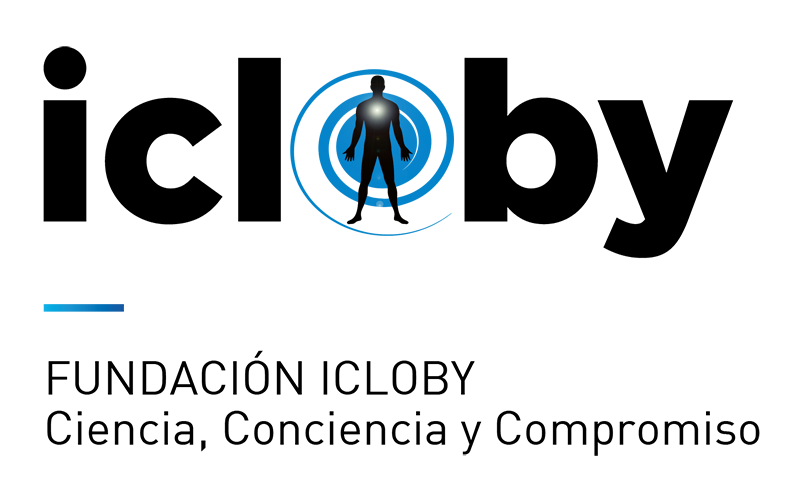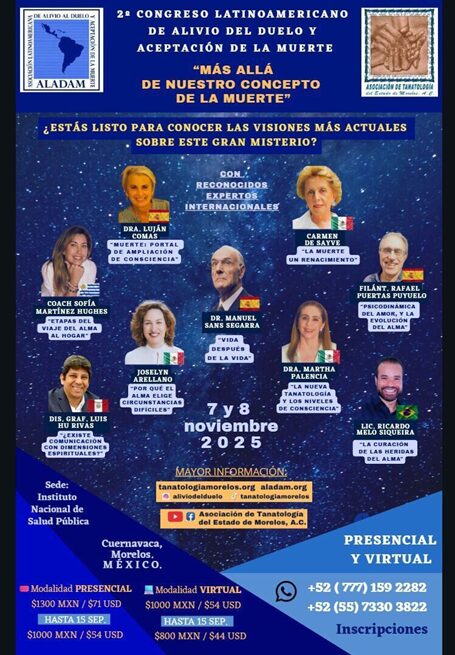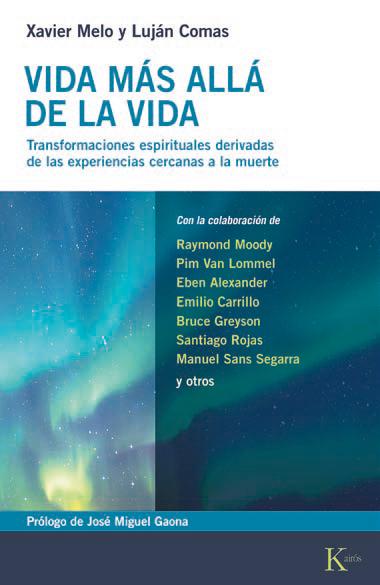回顾 为临终者带来安慰: 对临终经历的五年回顾性研究和一年前瞻性研究 作者:彼得·芬威克, 希拉里·洛夫莱斯和苏·布雷恩在老年学和老年病学档案中, 2009.
临终经历 (他们) 自古以来就有关于临终者具体的幻象的报道. 然而, 最近的研究表明,这种类型的 ELE 只是临终时发生的更广泛现象中的一种表现, 例如, 例如, 通过不明途径得知家人死亡的消息, 奇怪的灯光的存在, 时钟在死亡时刻停止,或者只是在面对即将到来的死亡时需要解决未完成的事情.
在芬威克和他的同事的这项工作中, 一项回顾性研究四 (4) 多年的研究和另一项前瞻性研究 (1) 年已进行 , 这使得可以对时间顺序以及对悲伤和接受死亡的影响进行比较.
38 ELE 后不久和一年后,护理人员接受了采访 , 发生或描述的现象之间的关系没有发现显着差异.
在所描述的现象中, 以下内容脱颖而出:
62% (48%, 纳秒) 的受访者表示 垂死的病人或其亲属曾谈到幽灵带走了垂死的人或涉及已故亲属的临终幻象. 64% (54%, 纳秒) 家庭成员的二手资料描述了临终者坐在床上时如何看到或感觉到幽灵.
除了:
很少有受访者表示自己也看到过 “游客。” 这里, 牧师在病人的床上也看到了天使. “她似乎有点担心, 她已经非常接近结局了, 但不完全是, 她看起来很担心,这个天使坐在床上,我问她是否还好,她说, '出色地, 我不知道。’ 我问她出了什么问题,她说, ‘我想我快疯了,’ 所以我说, ‘是什么让你觉得你疯了, 你知道, 疯狂的?’ (她说,) '出色地, 有人坐在我旁边的床上,’ 我说, '出色地, 我也能看到。’ “为此感谢上帝,’ 她说, “我以为我要疯了。’ “出色地, 也许他只是来这里陪伴你。”
结束:
出奇, 多于 25% (35%, p<0.01) 报道了垂死之人在死亡那一刻被光包围的故事 . 一位受访者问她是否看到病人周围有光, 她回应: “经常一盏灯; 尤其是我的治疗师经常报告患者周围有光,尤其是在死亡临近时。” 另一个人给出了这个帐户: “当他母亲临终时,房间里出现了一道令人惊叹的光 (…). 整个房间充满了这令人惊奇的光芒,他的母亲死了。’ 6% (79%, 纳秒) 说 ELE 不能简单地归因于大脑内的化学变化. 67% (65%, 纳秒) 说 ELE 不是由于药物或发烧引起的. (…) 超自然事件: 56% (57%, 纳秒) 受访者表示,在临终者死亡时有被拖拽或叫唤的第一手感觉. 虽然这些都没有包含在问卷中, 据奥康纳报道,几名护理人员报告 (2003) 与刚刚去世的人有关的现象, 比如房间铃声响起, 灯打开和关闭, 和电视无法正常工作.
一般来说, ELE 提供一定的舒适度, 临终者和护理人员在死亡时得到治愈和接受.





